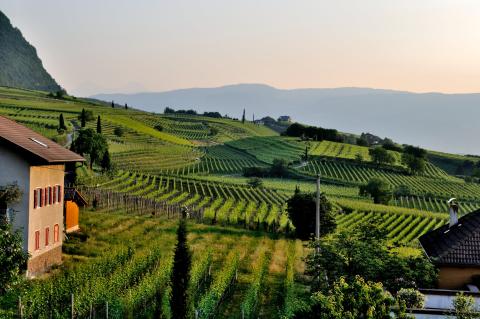
Biodiversity: a heritage to be managed by rural stakeholders?
Biodiversity management is a complex issue, and some research projects need to take a resolutely transdisciplinary approach, combining ecology, agronomy, political science, sociology and economics. Biodiversity is extensively studied in "natural" and urban environments, or in rural areas, from the angle of interactions between agricultural and forestry practices.
Faced with a massive biodiversity crisis, this thesis aims to:
- analyze the perceptions, potential actions, obstacles and/or bottlenecks to effective biodiversity management by rural stakeholders in a number of contrasting territories, using a dedicated methodology (the heritage audit), but also to
- highlight emerging and innovative schemes that could be levers for innovative action for biodiversity and landscapes.
In this thesis, we propose to meet stakeholders concerned by biodiversity in rural areas: elected representatives, farmers, associations, etc., on a national scale and then in 5 territories. The heritage audits will consist in conducting semi-structured interviews (40 per territory), using a strategic analysis grid and a strict code of ethics, with a view to mobilizing stakeholders, organizing co-expertise and leading to the co-construction of actions in favor of biodiversity, accepted because they integrate all the qualities of a territory1.
This approach has often borne fruit2. In the Île-de-France region, a strategic approach to peri-urban agriculture led to the drafting of heritage charters, followed by the creation of the Terre et Cité association on the Saclay plateau, and the APPVPA association on the Plaine de Versailles. Twenty years ago, many people in the Plaine de Versailles feared that agriculture would disappear and become commonplace. Today, initiatives in favor of sustainable or organic farming and short distribution channels abound, a landscape charter has been drawn up and numerous projects in favor of biodiversity have been initiated, such as a biosphere reserve.
Figure: Schematic diagram of the general idea behind the operation of a heritage institution, which can be set up following a comprehensive heritage approach consisting of heritage audits, active encounter seminars and the drafting of a charter. The APPVPA association on the Plaine de Versailles and the Terre et Cité association on the Plateau de Saclay are inspired by the spirit of these heritage institutions.
References
1 Ollagnon, Henry. Une approche patrimoniale de la gestion de la qualité : une application à la nature et au vivant : pour une écologie de l'action. Thèse de doctorat, 1998. Parmi ses écrits, il est aussi utile, compte tenu du sujet, de se référer au suivant, écrit en 2006 : La gestion de la biodiversité : quelles stratégies patrimoniales ? Responsabilité & Environnement. Annales des Mines.
2 Brédif, Hervé, de Montbel, Ambroise (dir.). Facilitations stratégiques : Refonder l’action en commun dans les organisations et les territoires. Presses universitaires de Septentrion. 2019.
Informations
- Project leaders: Nathalie Frascaria-Lacoste and Ambroise de Montbel (ESE)
- PhD student: Cyrille Cobert
- Doctoral school: ABIES
- Other laboratories involved: Armelle Mazé (SADAPT), Cécile Blatrix (Printemps), Hervé Brédif (LADYSS)
- Non-academic partners: Association Patrimoniale Internationale, Association Sol et Civilisation, Institut pour la Recherche de la CDC, Association des Maires de France
- Start of thesis: October 2023
- Funding: Caisse des Dépôts, C-BASC, Association Patrimoniale Internationale (operating costs)

